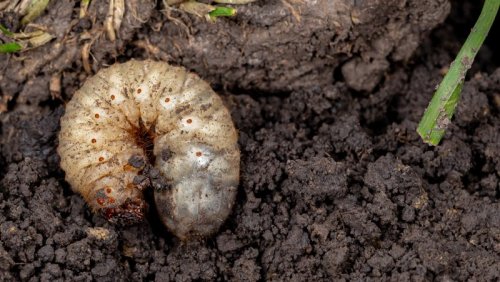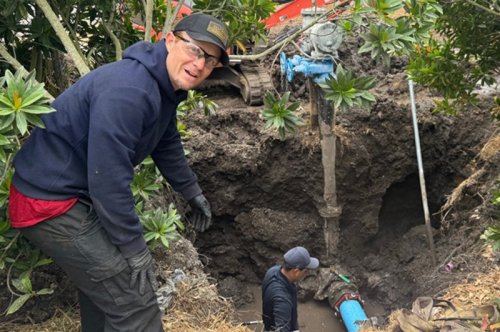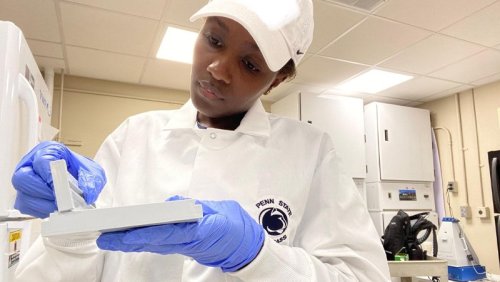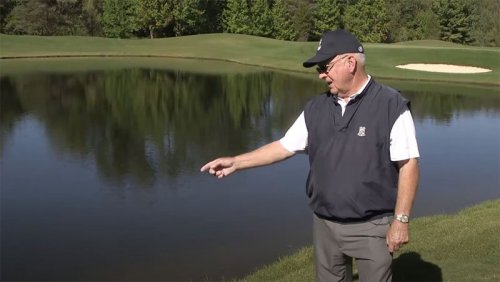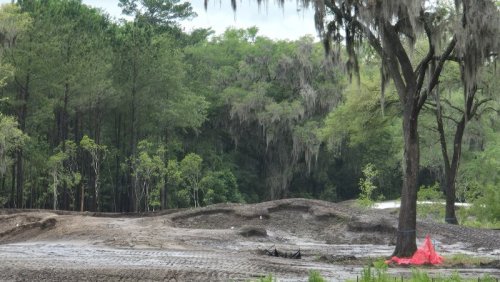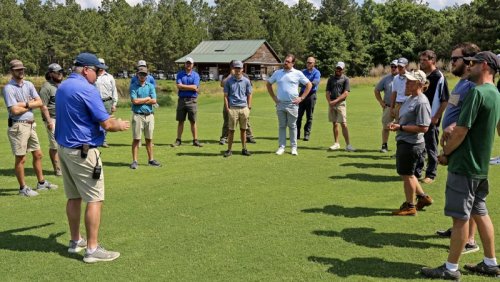
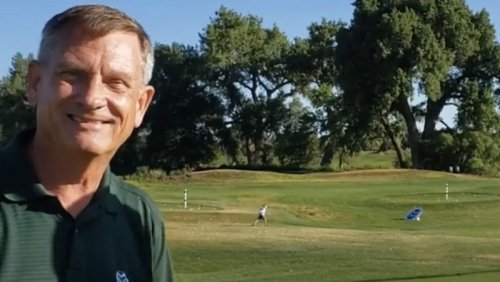
Koski, a professor and turfgrass extension specialist at Colorado State University for 37 years, died July 12 after a battle with pancreatic cancer. One of Koski's final acts before he died was to pen his own obituary.
"He embraced each day with optimism, gratitude, and grace until the very end," Roch Gaussoin, Ph.D., professor emeritus at the University of Nebraska, said on Facebook. "Every card, email, text message, and hug kept him going. He believed in miracles to the end."
A native of Lockport, Illinois in the southwestern suburbs of Chicago, Koski graduated from Knox College in Galesburg, Illinois in 1979, before earning a master's degree and doctorate in agronomy both from Ohio State University in 1983 and 1986, respectively. His research interests focused on:
water use and irrigation management evaluation of soil amendments for water conservation herbicide and fertilizer efficacy evaluation of turfgrass cultivars for drought resistance His career in the golf industry began at nearby Cog Hill Golf and Country Club where he worked during summers. After earning his doctorate degree in 1986, he stayed at Ohio State for two years serving as an extension specialist before moving on to Colorado State in 1988.
"For 37 years, I taught, researched, and worked alongside incredible students, colleagues, and Extension professionals," Koski wrote in his own obituary. "It never felt like a job it was always fun."
Tony Koski, Ph.D., was a professor and extension specialist at Colorado State University since 1988. The consummate educator, Koski Koski recorded an interview with KUNC radio in Greely, Colorado, and a webinar shortly before his death. He donated his remains to science so others could continue to learn.
"In his storied career at CSU, he taught thousands of people, gave hundreds of lectures, and showed so many the importance of auricles and ligules," Gaussoin wrote.
Survivors include wife Ronda and sons Zach, Chris and Tim.
"My greatest pride is my family," Koski wrote in his own memorial. "My sons and their partners, Lauren and Simone have supported me through everything. I’m in awe of them."
A memorial mass is scheduled for 2 p.m. July 18 at St. Joseph Catholic Church in Fort Collins, Colorado. Koski requested all in attendance to wear golf attire.
He closed his self-authored obit with the following: "May your lawns be green, your trees healthy, your friendships deep and never stop trying new things. In turf we trust."
- Read more...
- 1,812 views

